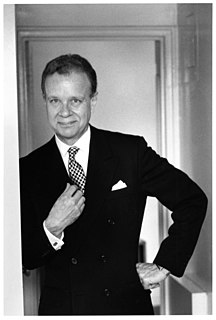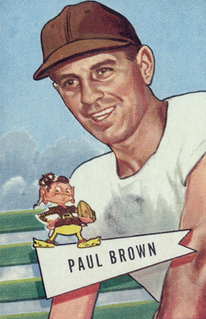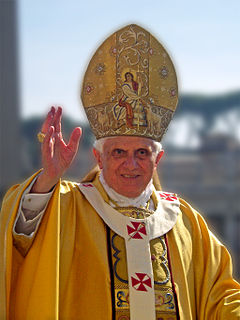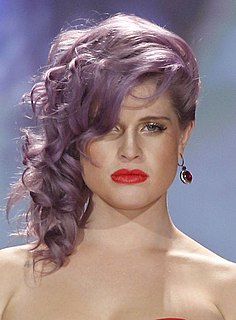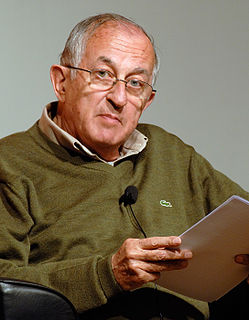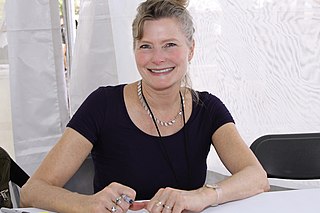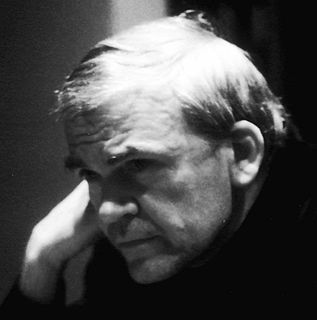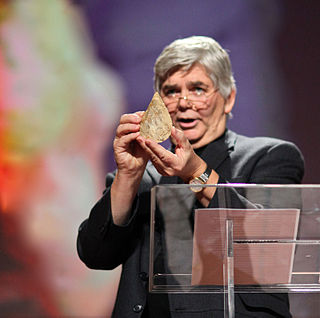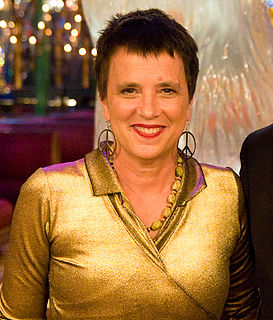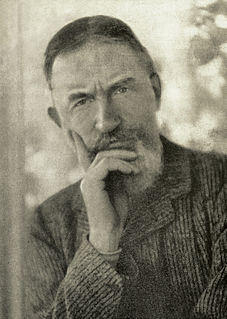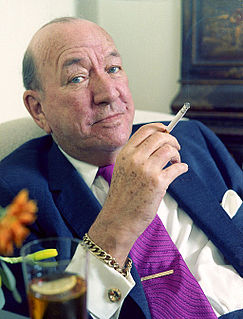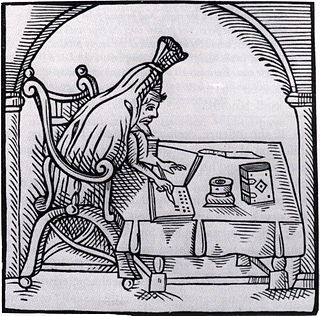A Quote by Frank Wedekind
Kitsch is the contemporary form of the Gothic, Rococo, Baroque.
Related Quotes
Architecture traditionally has been the slowest of art forms. It was not unusual for great cathedrals to take centuries to complete, with stylistic changes from Romanesque to Gothic or Renaissance to Baroque as common as the addition of chapels or spires. But because the function remained the same, the form could be flexible and its growth organic.
All my life I’ve pursued the perfect red. I can never get painters to mix it for me. It’s exactly as if I’d said, ‘I want rococo with a spot of Gothic in it and a bit of Buddhist temple’—they have no idea what I’m talking about. About the best red is to copy the color of a child’s cap in any Renaissance portrait.
High-class kitsch may well be "perfect" in its form and and composition: the academic painters were often masters of their craft. Thus, the accusation that a work of kitsch is based not on lack of for or aesthetic merit but on the presence of a particularly provocative emotional content. (The best art, by contrast, eschews emotional content altogether.)
With 'The Keep,' I began with a theory about pitting the isolated disconnection of the gothic realm against present-day hyperconnectedness. I emerged feeling that the gothic genre is all about hyperconnectedness - the possibility of disembodied communication - and that we now live in a kind of permanently gothic state.
The maker of kitsch does not create inferior art, he is not an incompetent or a bungler, he cannot be evaluated by aesthetic standards; rather, he is ethically depraved, a criminal willing radical evil. And since it is radical evil that is manifest here, evil per se, forming the absolute negative pole of every value-system, kitsch will always be evil, not just kitsch in art, but kitsch in every value-system that is not an imitation system.

